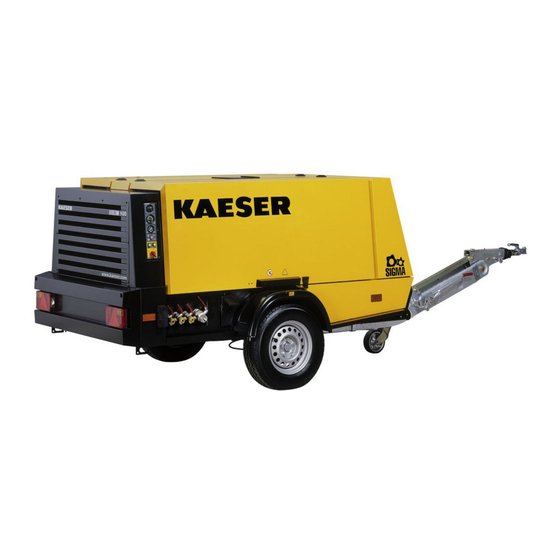
KAESER M100 Manuals
Manuals and User Guides for KAESER M100. We have 1 KAESER M100 manual available for free PDF download: Operator's Manual
KAESER M100 Operator's Manual (384 pages)
Screw Compressor
Brand: KAESER
|
Category: Air Compressor
|
Size: 16.32 MB
Table of Contents
-
Copyright13
-
Warnings13
-
Options16
-
Chassis19
-
Lighting20
-
Generator20
-
Chassis22
-
Weight22
-
Tires22
-
Compressor23
-
Temperature24
-
Engine26
-
Battery27
-
Options28
-
Dangers38
-
Danger Areas45
-
Safety Signs45
-
Emergencies51
-
Warranty52
-
Options59
-
Installation75
-
Operation93
-
10.1 Maintenance111
-
Ensuring Safety111
-
Wheel Checks161
-
Commissioning239
-
Transport241
-
Safety241
-
Fig. 101249
-
Storage255
-
Disposal256
-
13 Annex257
-
Identification257
-
Wiring Diagrams275
Advertisement
